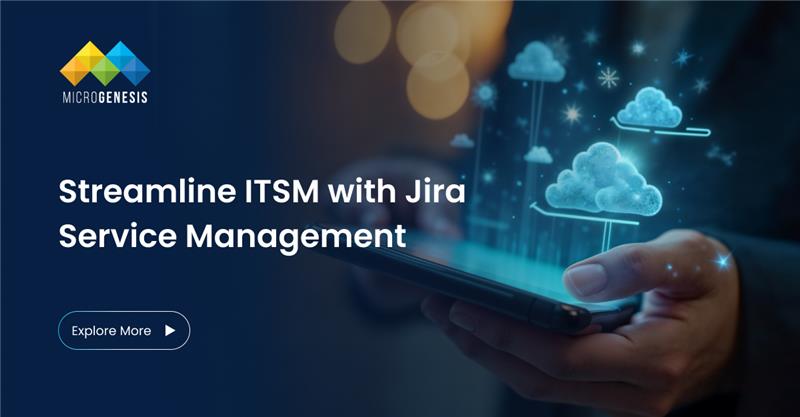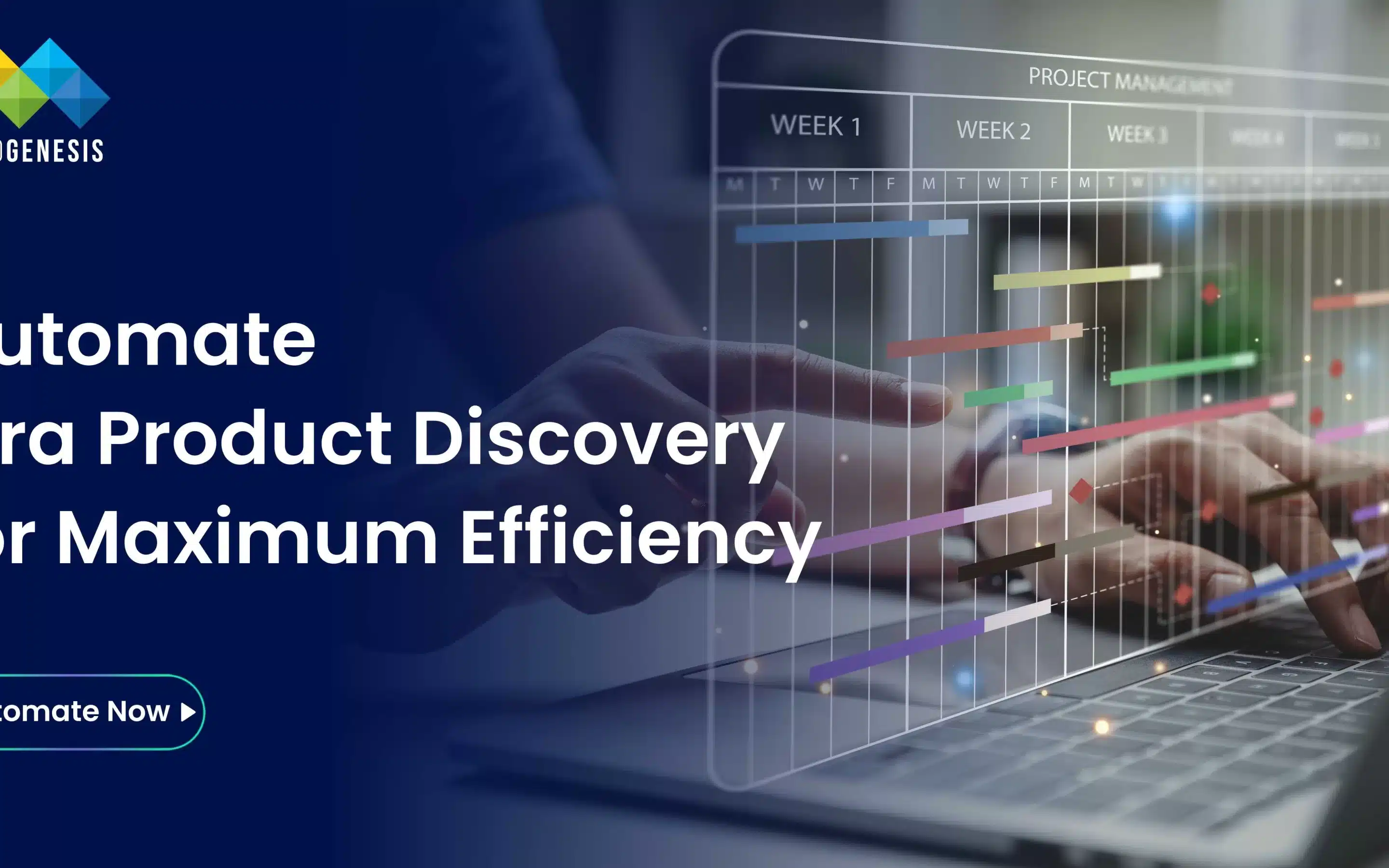As organizations modernize their IT operations and customer support systems, Jira Service Management (JSM) has emerged as one of the most powerful and flexible platforms for managing service requests, incidents, problems, and changes. Built on the Jira platform and designed to support ITIL practices, Jira ITSM enables IT and business teams to collaborate effectively, deliver value faster, and improve service reliability.
In this guide, we’ll walk through the key elements of setting up Jira Service Management, best practices for success, and how to optimize your JSM implementation for scale and efficiency.
Chapter 1: Getting Started with Jira Service Management
What is Jira Service Management?
Jira Service Management is Atlassian’s service desk platform designed for ITSM (IT Service Management). It supports a wide range of use cases across IT support, HR service delivery, facilities management, and customer service.
Core Features Include:
- Request and incident management
- SLA management
- Knowledge base integration with Confluence
- Automation and approval workflows
- Change and problem management
- Asset and configuration management (Assets/Insight)
Setup Basics:
- Choose a JSM Template: Select ITSM, General Service, or HR template based on your use case.
- Define Request Types: Customize based on services offered (e.g., password reset, hardware request).
- Configure Queues: Set up queues for agents based on priority, issue type, or SLA.
- Customize Forms and Fields: Add required fields to streamline ticket data collection.
- Set SLAs: Define target response and resolution times with escalation paths.
- Connect Knowledge Base: Integrate Confluence to support self-service.
Chapter 2: Best Practices for Implementing Jira ITSM
1. Start with ITIL-Aligned Processes
Even if you don’t adopt ITIL fully, aligning to its core practices (incident, problem, change, request) helps ensure process clarity and system scalability.
2. Don’t Over-Engineer Workflows
Keep workflows as simple as possible. Use clear status names and transitions to avoid confusing agents and requesters. Complexity leads to friction.
3. Use Request Types and Issue Types Strategically
Request types define how end-users see the form; issue types define internal tracking. Don’t duplicate unnecessarily. Map them carefully.
4. Automate Low-Value Tasks
Use Jira automation to eliminate manual triaging, categorization, or status updates. Examples:
- Auto-assign tickets based on category
- Send reminders if SLAs are at risk
- Notify approvers automatically
5. Leverage the Knowledge Base for Deflection
Use Confluence to surface relevant articles in the portal—reducing ticket volume and improving first-contact resolution with guidance from an ITSM consultant.
6. Set Up Smart SLAs and Notifications
Go beyond basic timers. Set up condition-based SLAs and build escalation workflows. Notify managers or team leads before breaches.
7. Standardize Change Management Workflows
Use templates for standard, normal, and emergency changes. Include risk assessments, approvals, and implementation steps.
8. Use Assets (formerly Insight) for CMDB
Track and relate configuration items (hardware, software, licenses) to tickets. Helps in root cause analysis and incident impact assessment.
9. Train Users and Agents Thoroughly
Offer onboarding, cheat sheets, and video demos. This reduces confusion and support errors.
10. Monitor Metrics and Feedback
Use dashboards and surveys to track resolution time, SLA compliance, and customer satisfaction.
Read More: Recommended Tools for Jira Teams: Enhancing Collaboration, Development, and IT Operations
Chapter 3: Advanced Optimization Tips
1. Build Role-Based Dashboards
Create dashboards tailored to team leads, agents, and executives. Include metrics like ticket volume, SLA breach rates, and backlog age.
2. Segment Request Types by Portal Groups
Use Portal Groups to organize request types (e.g., IT Support, Access Requests, Facilities). Improves UX and findability.
3. Automate Approvals for Low-Risk Requests
Use conditional automation to auto-approve low-risk, high-frequency requests (e.g., software installs).
4. Integrate with DevOps Tools
Connect JSM with Jira Software, Bitbucket, and CI/CD pipelines. This unifies service and development workflows for faster incident resolution.
5. Use Custom Reports with JQL
Build detailed reports using JQL filters. Example: show tickets that breached SLA and had a CSAT below 3.
6. Apply Role-Based Access to Projects
Control visibility and actions based on roles. Limit administrative access and use permissions schemes wisely.
7. Conduct Regular Health Checks
Audit workflows, custom fields, SLAs, and automations quarterly to remove unused elements and improve performance.
8. Leverage Marketplace Apps
Add functionality with apps like:
- ScriptRunner (custom automation)
- Extension for JSM (enhanced forms)
- EazyBI (advanced reporting)
- Refined (custom portal branding)
Chapter 4: Common Use Cases for Jira ITSM
- IT Support Desk: Manage incidents, service requests, and escalations.
- HR Helpdesk: Onboarding, employee queries, offboarding workflows.
- Facilities Requests: Maintenance, room bookings, access requests.
- Legal & Compliance: Contract review, document approval, audit tracking.
- Security Operations: Incident response, access reviews, vulnerability tracking.
Chapter 5: Metrics That Matter
1. SLA Adherence Rate
Percentage of tickets resolved within SLA.
2. First Contact Resolution (FCR)
How many issues are resolved in the first response.
3. Customer Satisfaction (CSAT)
User rating after ticket closure.
4. Ticket Reopen Rate
Indicates quality of resolution.
5. Mean Time to Resolution (MTTR)
Average time it takes to close a ticket.
6. Backlog Age
How long unresolved tickets have been sitting in the queue.
Conclusion
Jira Service Management empowers IT and business teams with ITIL-compliant, agile service delivery. MicroGenesis, a top IT company offering expert Jira consulting services, helps configure, automate, and optimize the platform for scalable, unified ITSM.
By following these best practices and optimization strategies, your organization can reduce service delivery costs, improve customer satisfaction, and scale service operations with confidence.
Need help implementing or optimizing Jira ITSM? Reach out to our certified Jira Service Management specialists for a free assessment.




